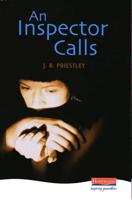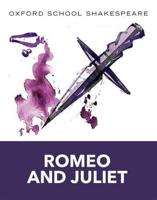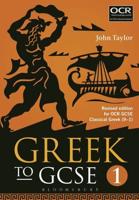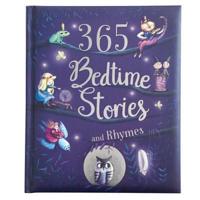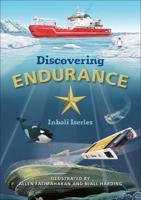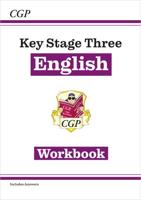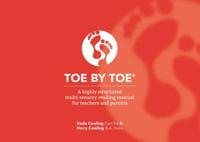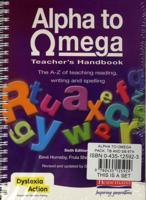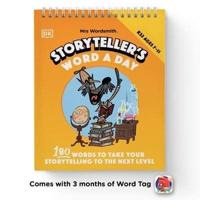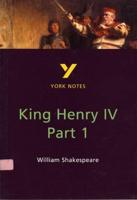Publisher's Synopsis
Comprising three strands ("Story Street", "Genre Range" and "Info Trail") "Literacy Land" was written to match the genre and text types specified by the NLS and contains both fiction and non-fiction. This pupil's book is part of Step 4 and is designed for shared reading.;"Story Street" is a welcoming community specially created by bestselling and award-winning Puffin children's author Jeremy Strong. The stories feature characters who grow up with pupils and expressive artwork that clearly tells the story. A range of childhood experiences are covered, with a particular emphasis on humour, and there is gradual progression matching the NLS Framework requirements. Teacher's materials provide practical support for the Literacy Hour.;"Story Street" offers progression through a series of seven Steps which gradually increase in difficulty. By revisiting and building on existing skills, children develop confidence and competence in reading, with visible results for children, teachers and parents. The "Story Street Teaching Notes" provide assessment activities at the end of each Step, to help teachers monitor children's reading progress.;The Foundation Step contains wordless picture books with strongly signalled left to right orientation, introduces characters and locations and introduces children to environmental print. Step 1 features: first-sight recognition words, names, simple cvc words and rhymes; patterned, repetitive text in present tense; one line of text per page, which is consistently positioned; and illustrations which strongly reinforce text to support early readers. Step 2 features: further sight-recognition words, simple cvc words, names and rhymes; maintenance of the present tense; and repetitive language structures. Step 3 features: consolidation of earlier vocabulary and introduction of more sight-recognition words; simple cvc, phonically regular words and names; introduction of direct speech; a slight reduction in text size suitable for the age of the reader; and the introduction of a fantasy setting in two stories. By the end of Step 3 (end of Year 1), children have been introduced to 104 words from the National Literacy Strategy Sight Recognition Words.;Step 4 features: consolidation of earlier vocabulary and introduction to more sight-recognition words; simple and more complex phonically regular words; introduction of the past tense; a more "grown up" style of text; and variable text positions. Step 5 features: consolidation of earlier vocabulary and introduction of further sight-recognition words; simple and more complex phonically regular words; more complex sentence structures; and a reduction in text size. Step 6 features: consolidation of earlier vocabulary and introduction of further sight-recognition words; simple and more complex phonically regular words; more complex sentence structures; increased variety in text positioning and presentation; more sophisticated story structures; and the introduction of more serious themes. By the end of Step 6 (end of Year 2), children have been introduced to 165 words from the National Literacy Strategy Sight Recognition Words.



